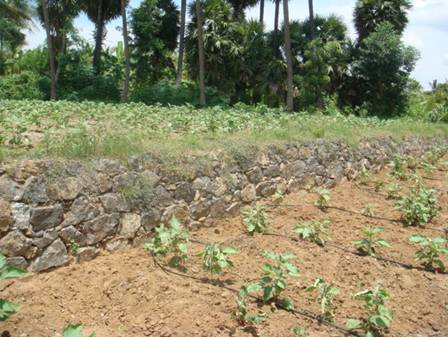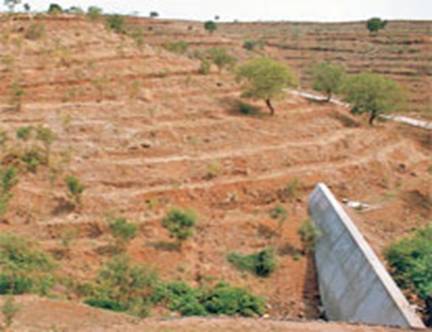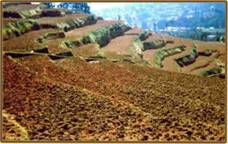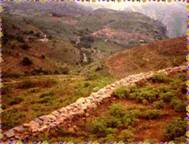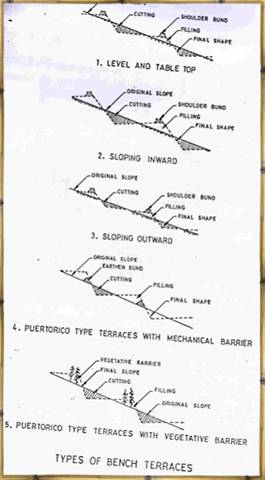
|
|||||||||||||||||||||||||
| Home | Seasons & Varieties | Tillage | Nutrient Mgmnt | Irrigation Mgmnt | Weed Mgmnt | Crop Protection | Cost of Cultivation | Photobank | |||||||||||||||||||||||||
Major Areas :: Disaster Management :: Landslide Management |
|||||||||||||||||||||||||
LANDSLIDE MITIGATORY MEASURES
In general the chief mitigatory measures to be adopted for lanslide areas are
The most important triggering mechanism for mass movements is the water infiltrating into the overburden during heavy rains and consequent increase in pore pressure within the overburden. When this happens in steep slopes the safety factor of the slope material gets considerably reduced causing it to move down. Hence the natural way of preventing this situation is by reducing infiltration and allowing excess water to move down without hindrance. As such, the first and foremost mitigation measure is drainage correction. This involves maintenance of natural drainage channels both micro and macro in vulnerable slopes.
Contour bunding Leaving aside the 'critical zones' with settlements could be avoided altogether and which could be preferably used for permanent vegetation, the 'highly unstable zones' generally lie in the upper regions, which are occupied by highly degraded vegetation. These areas warrant immediate afforestation measures with suitable plant species. The afforestation programme should be properly planned so the little slope modification is done in the process. Bounding of any sort using boulders etc. has to be avoided. The selection of suitable plant species should be such that can with stand the existing stress conditions in this terrain. CONTOUR TRENCHES AND STONE WALLS
Salient features
BENCH TERRACING
|
|||||||||||||||||||||||||
| Home | Seasons & Varieties | Tillage | Nutrient Management | Irrigation Management | Weed Management | Crop Protection | Cost of Cultivation | Photobank| Disclaimer © All Rights Reserved. TNAU-2016. |
|||||||||||||||||||||||||
